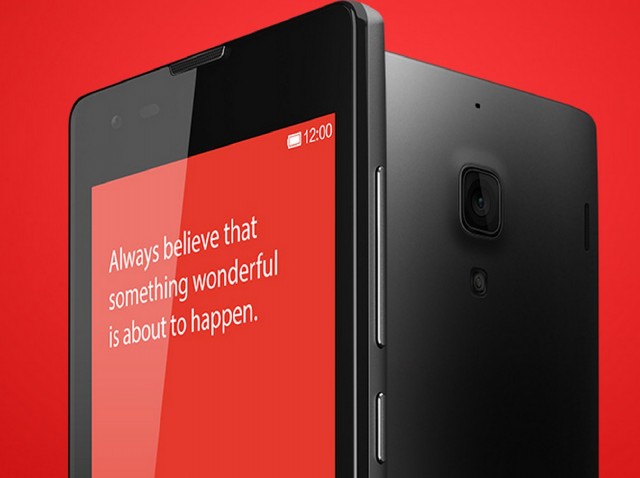With vendors shutting down connected devices and restricting data feeds, customers demanding open source software and open standards may be essential to safeguard against companies misusing their power over the IoT.
Last night I had dinner with a group of executives from US telco CenturyLink. During the the evening, conversation turned to the use of US and Chinese routers and the risks of government mandated backdoors in both countries’ equipment.
My thought during that conversation is concerns about software backdoors are a compelling argument for these devices to run open source software, making it harder – although not impossible – for hidden nasties harder to be built into systems.
Google Nest becomes evil
Overnight that argument for open source became stronger in my mind with the news Google Nest were to shut down the Revolv home automation hubs the company bought two years ago.
Google aren’t just stopping support for these devices, they are going to render them useless to their owners. It’s a remarkable move that undermines any confidence customers can have in Google’s hardware offerings.
While Revolv isn’t the first and will be far from the last Internet of Things device to be abandoned by its vendor, its fate indicates the importance of keeping as much of the ecosystem as open as possible – the less vendor lock there is, the less hostage you are to rapacious manufactures.
Locked out of the subscription economy
As we’ve seen with Amazon in the past, the ‘subscription economy opens users to the risk they can be locked out of their data or purchased apps. Now we’re seeing how vendors can lock users out of the products entirely.
With connected cars and homes now becoming common, this is something that should concern buyers. As we see everything from door locks to smoke detectors and kettles being connected to the Internet of Things, the risk of being at the mercy of an unreasonable vendor or malfunctioning software becomes greater.
At least with an open source model, it’s easier to build workarounds when faced with an uncooperative supplier and, in a world full of poorly designed IoT products, it’s possible for the community to review the software and understand its bugs.
The security aspect of open platforms is also critical for the IoT as we’re already seeing a plethora of unpatched devices where vendors have long lost interest in supporting the older products.
Open interoperation
More importantly, open platforms make it easier for devices to work together, something that is critical in connected buildings or industries. At the moment the IoT is a mish mash of competing standards and formats.
Over time it won’t be surprising to see the market demanding more open source applications and data feeds – indeed we’re seeing this happen with artificial intelligence platforms – the proprietary model brings in too many risks and makes the IoT far more complex.
While open source software won’t solve problems such as APIs and data feeds being closed or changed, it does give more power back to users and communities. It’s not hard to understand why vendors though would resist these moves.




